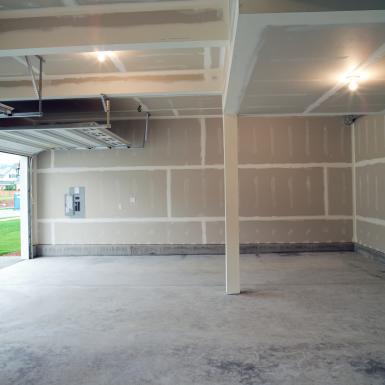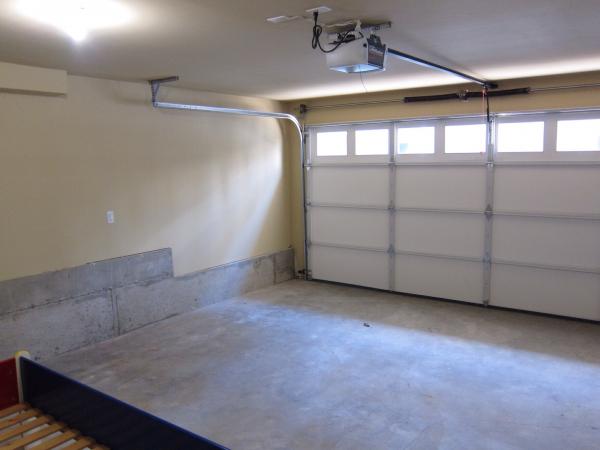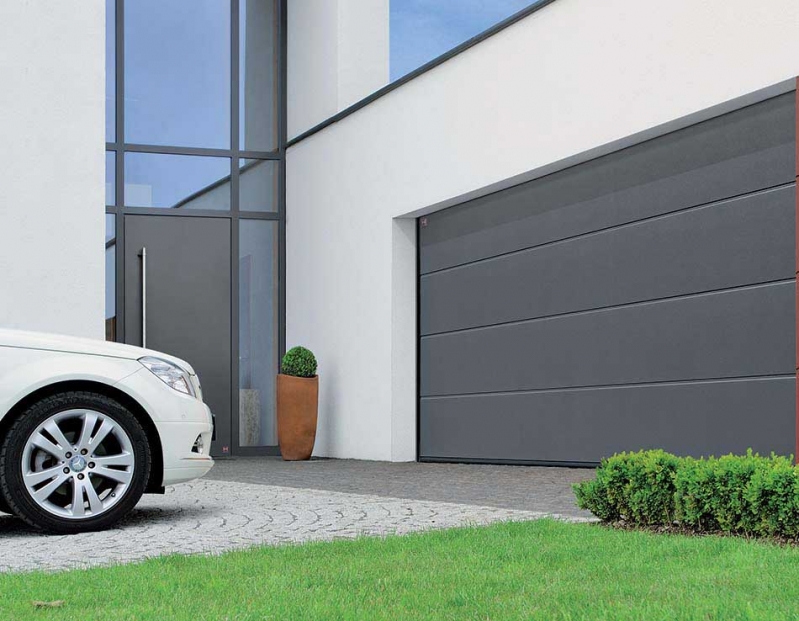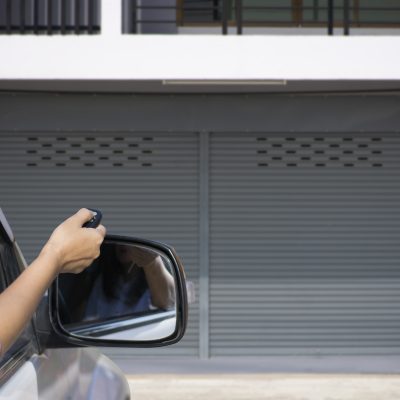Installing adequate insulation during the building or renovation of a home is an affordable investment with an excellent return. You will enjoy lower utility bills through less heat loss in winter and heat gain in summer. Additionally, it provides a more comfortable home with less impact on the environment.

No home’s energy efficiency envelope is complete without garage insulation. This is especially true in attached garages, but should not be overlooked in a detached garage. Here’s why insulating the garage is important:
- Builders often cut costs by not sufficiently insulating the wall between the home’s interior and the garage
- Without proper insulating material, heat gain and loss are increased through the adjoining wall and through both the walls and roof of the garage, driving up energy costs
- While energy is being lost, heat is penetrating the garage’s roof and walls, eventually getting into the home, making it uncomfortable and causing the air conditioning to work harder than it should
- If the garage is ever to be heated or air conditioned, for example as a workshop, then insulating it properly is vitally important for comfort and cost
Per government statistics, heat loss/gain through the walls of your garage can be up to 25% and through the ceiling up to 35%. That is a significant amount of wasted energy…and wasted money too.

How to Insulate your Garage for Superior Energy Efficiency
Here are the components of a properly insulated garage. The more of these you incorporate, the better its energy efficiency and the greater your cost savings.
Use building wrap: Quality wrap helps prevent air leaks and heat gain/loss. Building wrap goes directly over the framing, so is typically installed during construction of the garage. It can also be installed when replacing the garage’s siding.
Add the right amount of wall and ceiling insulation: Australia’s varying climates call for different insulating levels, as shown in the climate map here. Work with your insulating contractor or retailer to determine the adequate level for where you live. Bulk insulating material is placed in the cavities between studs and joists. Foam insulating material can be attached to the outside of the framing before siding is installed.
Seal doors and windows: Air leaks are common in the gaps between doors and windows and their frames. Use a high-quality, durable caulk or seal around the frames, and press it into the gap and form a tight seal. Note: While windows bring light into the garage, they are also a major source of heat gain and loss. Lighting the garage is a more energy-efficient choice than windows, especially if LED lighting is used.
Choose an insulated garage door: The garage door opening is potentially the greatest source of heat gain or loss, so installing a door constructed with insulation makes sense. As a bonus, insulated garage doors like these are stronger and they muffle noise from the street better than non-insulated doors.
Vent the garage roof: Vents in the ridge, gable and soffits allow heat to exit the garage rather than being trapped in it and pushing down into the garage and your home. Vents also allow moisture to escape before it can lead to mold and rot.
The 1% Advantage
Insulating a home and garage properly represents 1% or less of the total cost of construction. That small investment will continue to pay you back every day, year after year, in the form of lower energy costs. Your home will also be more comfortable, and those affordable energy bills will be very appealing to potential buyers if you decide to put it on the market. Why not make an investment today to create a home that is less expensive to live in, more eco-friendly and easier to sell too?





